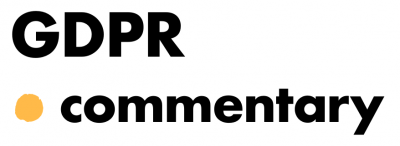This time we address solutions from the front lines: devices for remote diagnostics which can improve effective detection of the coronavirus and also unburden the health service in other areas. These solutions can also serve as a proving ground for the regulatory approach to oversight of algorithms.
The immediate inspiration for writing this text was a solution from the company StethoMe presented at the DemoDay organised by the MIT Enterprise Forum CEE. It is a wireless stethoscope combined with an application allowing respiratory examination at a distance. The system also enables analysis of the collected data using an artificial intelligence algorithm. StethoMe is currently testing the possibility of using a remote stethoscope to examine symptoms caused by the coronavirus. Remote diagnostics could greatly improve the effectiveness and safety of our fight against the virus.
We could bet with great odds that one of the effects of the pandemic will be an increased interest in remote diagnostics solutions in the near future. Thus we should point to some of the special regulatory challenges these solutions will necessarily entail.




